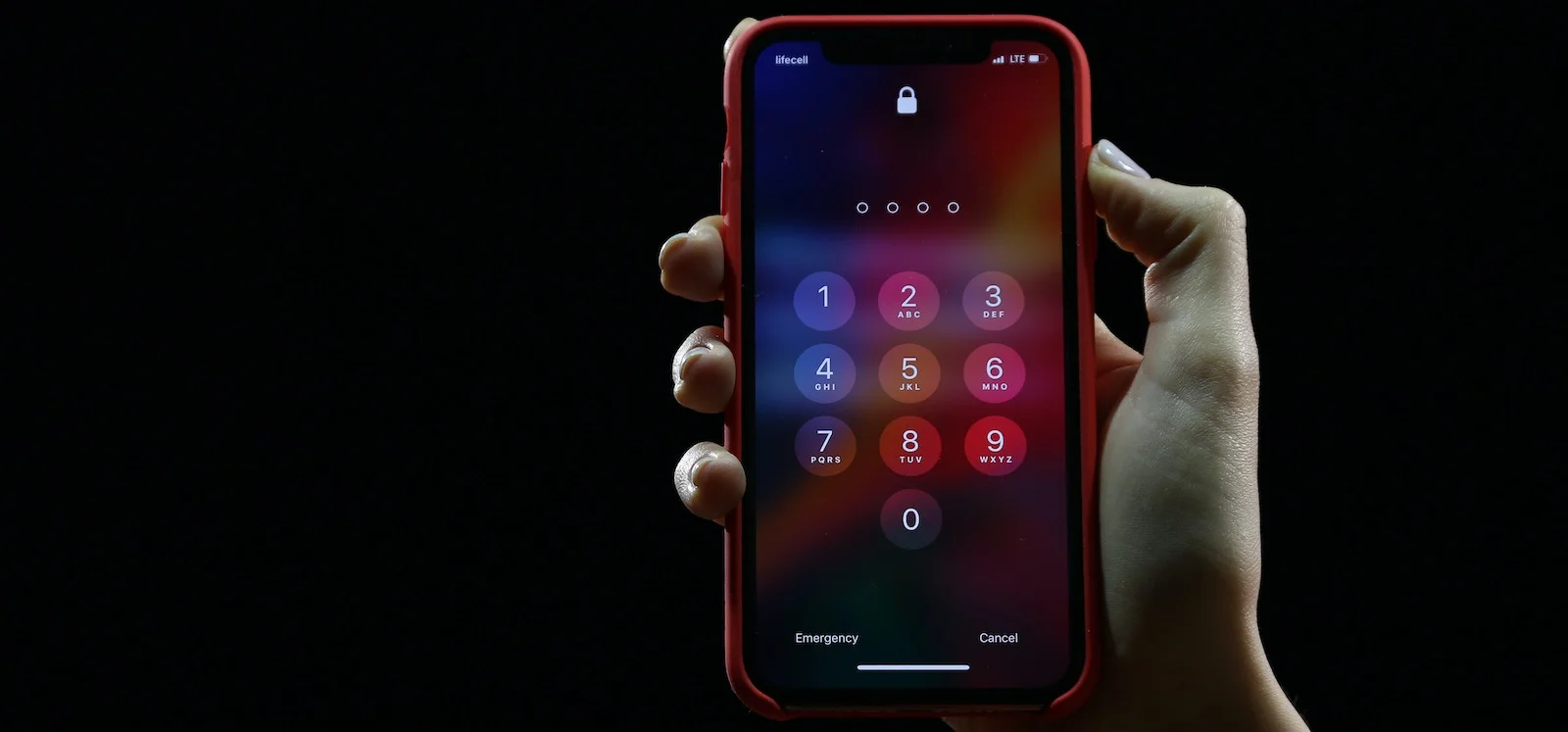Learn how to secure your crypto wallet and protect your digital wealth with our comprehensive guide. Don’t take risks with your crypto assets!
In today’s digital age, the importance of cryptocurrencies cannot be overstated. They have revolutionized financial systems and are integral to many people’s daily transactions. As such, understanding how to secure your crypto wallet is of paramount importance. This comprehensive guide will explore the key steps to ensuring your digital assets remain safe and secure.
Understanding Crypto Wallets
Before delving into the intricacies of securing a crypto wallet, it’s essential to understand what a crypto wallet is. A crypto wallet is a digital wallet where you store, send, and receive cryptocurrencies like Bitcoin, Ethereum, and others. Just as you would store physical currency in a leather wallet, cryptocurrencies are stored in digital wallets.
Crypto wallets can be categorized into various types: hardware wallets, software wallets, and online wallets. Each type has its unique features and offers varying degrees of security.
A hardware wallet is a physical device that stores your cryptocurrencies offline, making them immune to online hacking attempts. Software wallets, on the other hand, are applications that can be installed on your computer or mobile device. While they provide easy access to your cryptocurrencies, they’re more susceptible to online threats. Online wallets are wallets that you can access through a web browser. They provide the highest level of convenience but are often considered the least secure.

The Importance of Securing Your Crypto Wallet
As cryptocurrencies grow in popularity, they become a more attractive target for cybercriminals. Cryptocurrencies are digital assets, and like any other asset, they can be stolen if not adequately secured. Moreover, the anonymous nature of cryptocurrencies makes them a particularly appealing target for thieves since stolen assets are challenging to trace and recover.
Given this context, learning how to secure your crypto wallet is not just an optional extra—it’s a necessity. Securing your crypto wallet is akin to safeguarding your digital wealth.
Essential Steps to Secure Your Crypto Wallet
Step 1: Choose the Right Type of Wallet
The first step in securing your crypto wallet is selecting the right type of wallet. As mentioned earlier, hardware wallets are considered the most secure since they store your private keys offline. However, they may not be the most convenient option if you frequently transact in cryptocurrencies. Consider your unique needs and risk tolerance before deciding on the best type of wallet for you.
Step 2: Keep Your Private Keys Private
Your private keys are the digital equivalent of the PIN for your debit card. They are the keys to your cryptocurrency safe. Anyone who has access to your private keys can access and transfer your cryptocurrencies. Therefore, it’s crucial that you never share your private keys with anyone, including friends, family, or purported customer service representatives.
Step 3: Enable Two-Factor Authentication (2FA)
Two-Factor Authentication, or 2FA, adds an additional layer of security to your wallet. It requires you to provide two types of information before you can access your wallet, typically something you know (like a password) and something you have (like a mobile device to receive a one-time password). This makes it significantly harder for unauthorized individuals to access your wallet, even if they have your private keys.
Step 4: Keep Your Wallet Software Up to Date
If you’re using a software wallet, it’s vital to keep your wallet software up to date. Developers regularly release updates to fix security vulnerabilities that could be exploited by hackers. By regularly updating your wallet software, you’re ensuring that you’re protected from known vulnerabilities.
Step 5: Be Wary of Phishing Attempts
Phishing is a common method used by cybercriminals to steal sensitive information. They may send you an email that appears to be from your wallet provider, asking you to click on a link or download an attachment. Clicking on the link or downloading the attachment could lead to malware being installed on your device, which could be used to steal your private keys. Always verify the source of the email before clicking on any links or downloading any attachments.
Step 6: Use Secure Internet Connections
While it might seem convenient to access your crypto wallet from a public Wi-Fi connection, it’s a risky move. Public Wi-Fi networks are often unsecured, making it easier for hackers to intercept the data you send and receive. If you need to access your wallet from a public network, consider using a virtual private network (VPN) to encrypt your internet connection and protect your data.
Step 7: Regularly Backup Your Wallet
Regularly backing up your wallet ensures that you can recover your cryptocurrencies in case your device gets lost, stolen, or corrupted. Depending on the type of wallet you use, the backup process may vary. Make sure to store your backup in a secure location.
Step 8: Secure Your Physical Environment
While it’s essential to protect your wallet from online threats, don’t forget about physical security. If you’re using a hardware wallet, keep it in a secure location, like a safe or a lockbox. Also, consider using hardware wallets with a pin code feature for added security.
Step 9: Stay Informed
The landscape of cybersecurity is constantly evolving, with new threats emerging all the time. Stay informed about the latest security trends and threats to ensure you’re taking the necessary steps to secure your crypto wallet.
Conclusion
With the growing popularity of cryptocurrencies, knowing how to secure your crypto wallet has never been more important. By following these steps, you can significantly reduce the risk of losing your digital assets to hackers or other cyber threats. Remember, securing your crypto wallet is not a one-time activity, but an ongoing commitment.